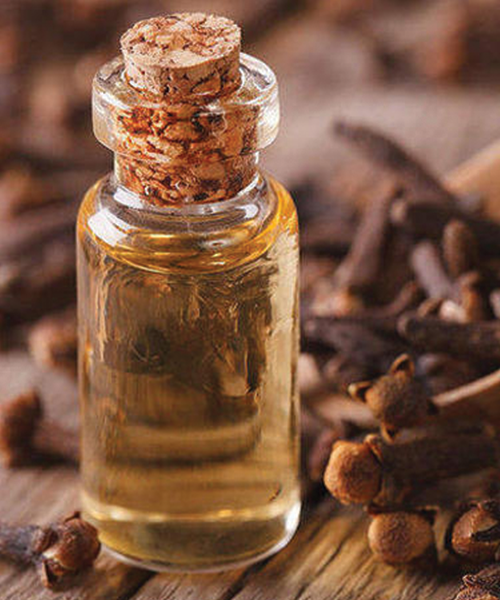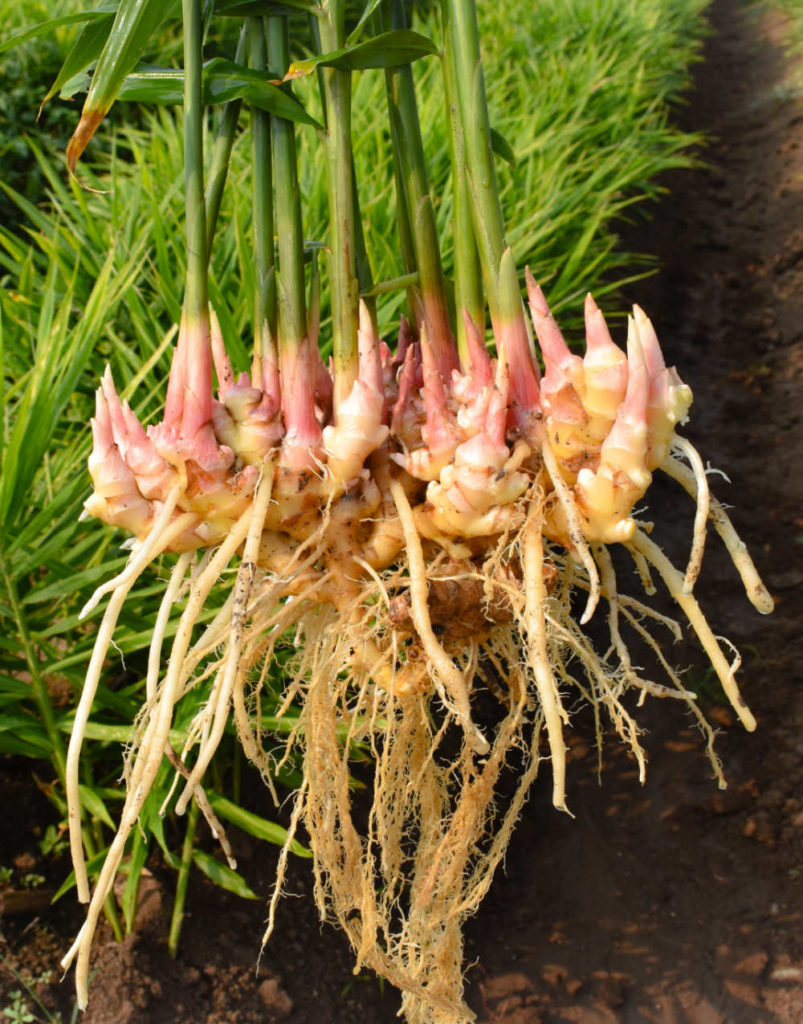Dental plaque if left untreated can be the beginning of tooth decay. Bad breath, cavities, bleeding gums. Habits are still not considered to reduce the formation of dental plaque are: Lazy to teeth brushing, never use dental floss, do not use mouthwash. Mouthwash containing fluoride can prevent tooth decay. As for containing antiseptic mouthwash to reduce plaque. The existence of extracts of natural ingredients to be one of the good treatment to reduce dental plaque. Recent research shows that a combination of cloves and cinnamon can help reduce the formation of biofilms that form the basis of dental plaque. Oral bacteria that have a role in the formation of biofilm on the teeth and development of caries is Streptococcus mutans (Shulman et al., 1994; Zickert et al., 1983).
Cloves which have active components eugenol and cinnamon which has a phenolic compound are known as potential antibacterial and antibiofilm towards S. mutans. Study (Ardani et al. 2010) revealed the optimum composition between clove and cinnamon essential oils blend was 27:73 (% v/v). It was proven that blending the clove leaves and cinnamon cortex essential oils increased the antibacterial and biofilm degradation potency, but reduced the biofilm formation inhibitory effect against S. mutans.
In the another research results stated that the addition a combination of essential oils in preparation mouthwash can increase the activity inhibition of plaque-biofilm (Pan et al., 2003; Ouhayoun, 2003). Antimicrobial substances if used in combination has several advantages, namely through synergism effect or an addition, reduce the possibility of resistance apart can improve the effectiveness of treatment, especially if the two substances have a mechanism of action distinct but interrelated supports.
[1] Ardani, M. Pratiwi, S. U. T., Hetiani, T. 2010. Effect of cengkeh leaves and kayu manis cortex essential oils blend as anti dental plaque. Majalah Farmasi Indonesia 21(3): 191 – 201.
[2] Ouhayoun, J. P. 2003. Penetrating the Plaque Biofilm: Impact of Essential Oil Mouthwash. J.of Clinical Periodontology 30 (Suppl 5): 10-12.
[3] Pan, P. H., Finnegan, M. B., Sturdivant, L., and Barnett, M. L., 2003. Comparative Antimicrobial Activity of an Essential Oil and an Amine Fluoride/Stannous Fluoride Mouthrinse In Vitro. J. of Clinical Periodontology 26 (7): 474-476.
[4] Shulman, S.T., Phair, J.P., Sommers, H.M. 1994. Basic Biological and Clinical Infectious Diseases. Forth Edition, 152-158, Gadjah Mada University Press, Yogyakarta.
[5] Zickert, I., Emilson, C. G., and Krasse, B. 1983. Correlation of Level and Duration of Streptococcus mutans Infection with Incidence of Dental Caries. Infection and Immunity 39(2): 982-985.





